Kia Seltos vs Hyundai Creta vs MG Hector vs Tata Harrier: Comparison
Even with the ongoing sales slump, the competition in the mid-size SUV space is intensified. So, naturally, we compared the Kia Seltos against Hyundai Creta, MG Hector, and Tata Harrier. Read it here.

The SUV segment in India has become the most intense battleground for manufacturers in recent times. The recent launch of the Seltos has further upped the intensity. But the question is this – how does it fare against products from Hyundai, MG and Tata?
Today, SUVs in India are like iPhones. Everyone wants one, irrespective of whether they need the extra utility or not. And they’re willing to pay a sizable premium to get one. But, unlike iPhones, SUVs come in various shapes, sizes and price ranges – making it possible for virtually everyone to afford one. So, it’s no surprise, then, that manufacturers are tripping over each other to launch as many SUVs as they can in the Indian market – with the ultimate goal being better sales numbers.
This segment originated, essentially, with the Hyundai Creta. With its combination of a well-setup platform and a long list of features, it set the ball rolling towards insane sales success. And what does sales success trigger? Competition, of course! So, in a short period of just over 4 years, India has seen the SUV segment explode – as a result of which, the Creta now has some serious competition.
In this comparison, then, we’ve assembled the Creta and three of its foremost competitors to see which one is worth your hard-earned cash.

Elephant in the room
The benchmark here, of course, is the Hyundai Creta. I mean, you don’t manage to sell 5 lakh units of a premium SUV in 4 years without it being a great product. The reasons for this success are clear – the Creta is still a fine design, which is hampered only by the fact that it’s now very common on our roads. The balanced stance, bold front end and large wheels mean that it still cuts a fine figure. The interior too works very well, with the Creta’s efficient space management – it has enough space to easily accommodate 5 adults and also swallow their luggage for a road trip.
What works in the Creta’s favour are its various engines on offer – 1.4 and 1.6-litre diesels and a 1.6-litre petrol – all of which allow customers true freedom of choice. This is further apparent by the fact that the Creta offers the option of both manual and automatic transmissions in both petrol and diesel. One of the advantages of offering such a wide range is that, once you bring a customer into the showroom, you can be rest assured that you’ll be able to meet his or her exact needs.

While, in isolation, the Creta is still a fantastic product, against rivals like the Hector and Seltos, the Creta’s age becomes somewhat evident. The in-cabin materials now need an upgrade, so does the multimedia screen and the instrument cluster. In terms of ride and handling, though, the Creta still holds its own against the competition.
All its engines still feel refined and deliver seamless power, while the suspension does a good job of maintaining a very good ride and handling balance. The steering could do with more feel, but other than that there’s not much to criticise.
The wild card
Let’s go back in time to the 2018 Auto Expo for a moment. The product that made the biggest splash at the show was, undoubtedly, the Tata Harrier concept. It was called the H5X back then. With its burnt orange paint job and radical styling, the Harrier was an instant hit amongst expo visitors.
Now, the styling of the Harrier hasn’t changed much from the concept car, and most of the impressive design cues have been carried over to the actual production car. This means that the Harrier, even many months after its launch, still stands out for all the right reasons.
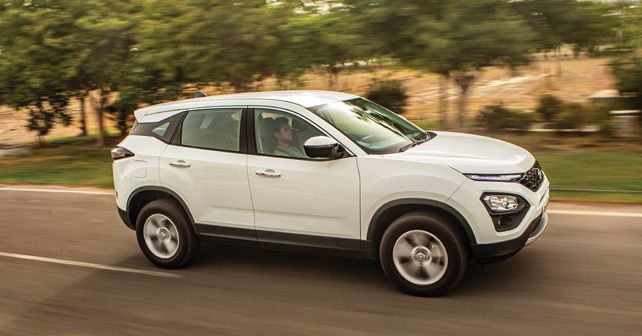
The proportions of the Harrier work well, with its futuristic front end that gives it a very distinct identity. This is, of course, a great advantage for the brand – because the attention that it demands ensures that it catches the eye of prospective buyers.
Based on a Land Rover platform, the Harrier is also significantly larger than both the Creta and the Seltos. However, it doesn’t offer a seven-seat option yet – but it is coming. Nevertheless, the cabin of the Harrier is very spacious. The seats deserve special mention here, as they’re supremely comfortable. The overall quality and fit-and-finish are better than any Tata vehicle produced before. The matt-finished wood on the dashboard feels quite premium too.
However, when you start looking at the Harrier analytically, Tata’s flagship starts to struggle. For instance, the aeroplane style handbrake might look great in a design book but is awfully clumsy to use. Similarly, when driving, the outward visibility is limited – it’s especially obstructed by the large side-view mirrors – and, lastly, the steering effort is simply too high.
While the ride and handling balance of the Harrier is very good, the 2.0-litre engine – in this 138bhp state of tune – doesn’t exactly offer exciting power or urgent acceleration. This engine would have suited the Harrier a lot better in the full-fat 170bhp trim, which is found on the Jeep Compass and MG Hector – especially since the chassis seems capable of handling far more than what the engine delivers at present.
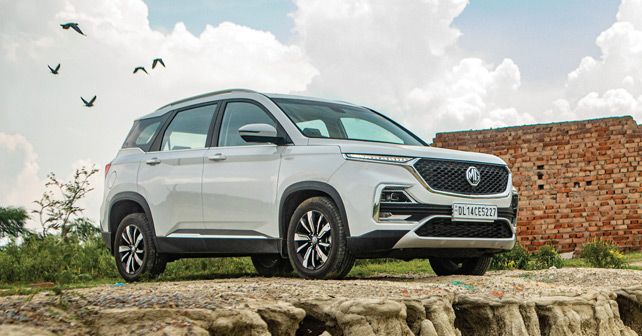
Chinese offensive
One of the two remarkable entries in recent years has been MG – or Morris Garages, as they prefer to be called. Now, I’m not going to go into the whole British brand and lineage thing, as I’m sure you’ve already read about it, but to give credit where it’s due, they’ve managed to successfully launch a new brand in the Indian market from the ground up.
What helped the brand was its strategic focus on delivering a polished dealership experience – the British lineage is evident here – and the Hector’s in-your-face design, which is almost impossible to ignore. With its bold face, striking vertical headlights, and the large size, you simply can’t miss the Hector. Add to that aggressive pricing – it undercuts the smaller Seltos by a small margin – and the Hector certainly seems to be an attractive package.
In the top-of-the-line version that we have here, the Hector comes with a panoramic sunroof, loads of space, an electric tailgate, climate control, and a massive 10.4-inch touchscreen multimedia system, which is the real party piece of this car. Add to that voice controls, which allow you to control most functions just by addressing the Hector as ‘Hello MG,’ and it seems to have enough niceties to really impress prospective buyers.
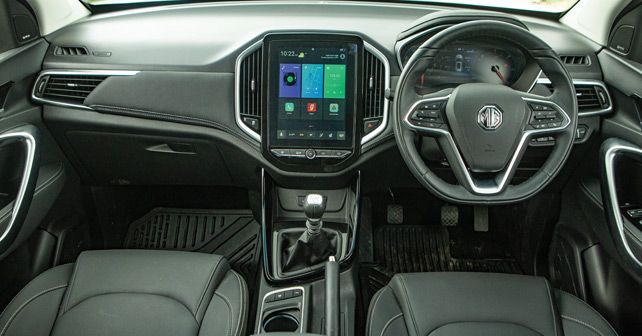
The Hector’s appeal is further bolstered by the fact that it’s more spacious than the other three SUVs on our list, despite being just under 4.7 metres in length. This means that you get tonnes of headroom, knee room, and legroom, along with a massive boot. All of which means that its glitzy, big, butch, loaded and spacious.
Powering our test car was the FCA 2.0-litre diesel engine, in 168bhp and 350Nm trim. The Hector also offers a 1.5-litre petrol engine in smart hybrid and non-hybrid variants. Straight-line progress is pretty swift in the diesel version. Gearshift quality is a bit dodgy, but in a straight line the engine does a great job of providing grunt. And it’s quite refined too.
But when you start pushing the Hector around corners and driving enthusiastically, the whole package seems to fall apart. Driven gently, the Hector feels quick, comfortable and easy to manage. However, when pushed, the inherent limitation of this chassis quickly becomes evident.
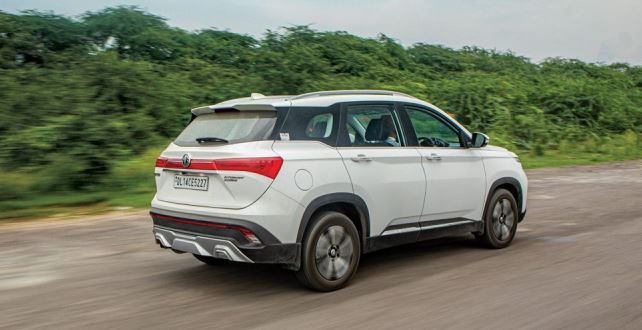
The weight of the Hector too becomes clear as you perform multiple high-speed stops, while the steering response gets increasingly vague. It almost feels like you’re steering a large boat when you attack a sharp corner aggressively. Sure, the engine has plenty of grunt, but the amount of control you find in the Creta, for instance, is sorely lacking here.
The Korean Hwarang
Of course, the product that inspired this SUV comparison in the first place was the Kia Seltos. Kia has been making all the right moves in the Indian market ever since their grand debut at the 2018 Auto Expo. And, since then, the anticipation for their first product – showcased then as the SP2 concept – has been massive.
After a long wait of nearly 18 months, the Seltos has finally been launched in the Indian market. And, right away, it made its presence felt. An effective teaser campaign generated a lot of excitement, while a unique design drew a lot of attention. And let’s not forget its pricing, which was the absolute sucker punch to the competition. At a price that undercuts both the Creta and the Harrier, the Seltos offers Indian customers a value package that’s simply stunning.
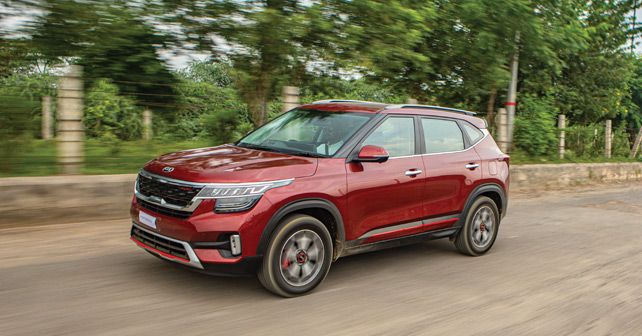
The design has been very well received by Indian customers. It might not be as bold as the Hector, but with its intricate detailing – like the front lighting setup and the knurled aluminium grille – the Seltos works very well.
I also particularly like the GT Line trim option. It’s large wheels and red detailing, both inside and out, adds a sporty touch to the Indian SUV segment. Add to this the number of available variants – 24 when I last counted! – and it becomes evident that Kia has left no stone unturned in offering Indian customers unprecedented options to choose from.
Sure, producing and managing those many versions – don’t forget the colour choices on top of the engine and gearbox variants – must be nerve-racking, but for a customer it holds a lot of value. Moreover, the impression that you get inside a Seltos is one of quality. In terms of fittings, the response of the various interfaces, and equipment levels, the Seltos is unsurpassed. Depending on the version you choose, you can get front ventilated seats, a sunroof, all-LED lighting, 17-inch wheels, BOSE audio, and even an 8-inch HUD display, which means that the equipment count at this price is unparalleled.
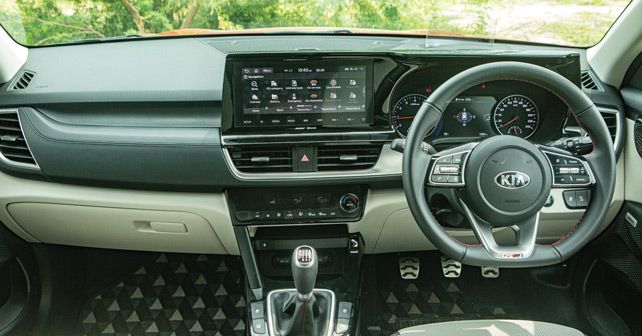
Sure, the space inside the Seltos is not as much as that of the Harrier or the Hector, but the car has a better build quality and overall finish than either of them. Similarly, in driving appeal, it surpasses all its rivals. Based on the second-gen Creta platform – expect to see a brand-new Creta in India next year – the Seltos offers great ride, as well as levels of refinement and stability that are fantastic.
The steering too has a lot of feel, and the 1.4-litre turbo petrol engine, with 138bhp, is particularly fun to push hard. And whether on broken roads or on flat highways, the Seltos has definitely set a new benchmark for SUVs in its price range.
Battle honours
Honestly, choosing a winner from this set of four SUVs was never going to be easy. On one hand, both the Harrier and the Hector offer a lot of space for the money. But, despite that, the Harrier feels overpriced – especially when you consider that it has only one engine and gearbox option on offer. At present, there are no petrol engines or automatic transmissions available. It Tata really wants to achieve good sales numbers, more variants and better refinement are the need of the hour.
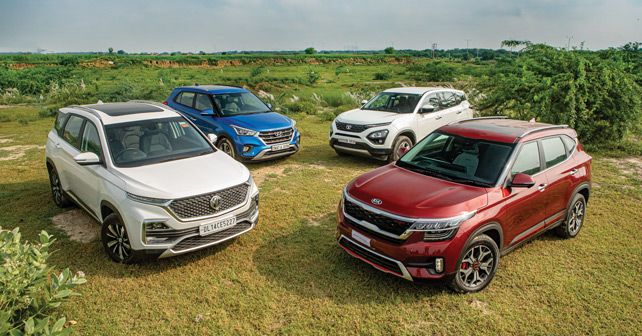
The Creta, even today, remains a fantastically formidable package – even more so with the current discounts. Unfortunately, it’s marred by its own success, which has made it so commonplace that a lot of customers now steer away from it only because they want something different.
The Hector remains a unique package. Its styling is striking, and it offers a lot of features for the money. But it fails short in terms of dynamics – something that becomes very apparent when you start to push it. Moreover, its engineering integrity is yet to be proven.
This leaves us with the Seltos – the winner of this test! There are a lot of aspects of the Seltos that work fantastically well – the engineering levels, the ride and handling setup, the choice of engines and gearboxes, and also the number of class-leading features. Add to that very appealing pricing – especially considering that all variants of the Seltos are BS VI compliant from day one – and you’re left with a machine that offers a very sweet deal indeed.
That’s very well done by a new brand in the Indian market (notwithstanding the fact that it’s part of the Hyundai Motor Group). The Koreans, then, appear to still have it their own way in this all-important segment.
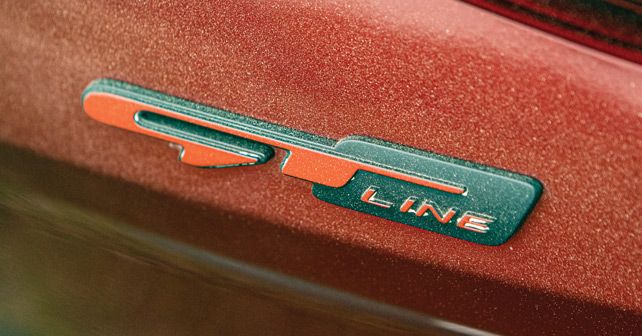
In GT Line, the Seltos features some nice, sporty styling cues. The red detailing on the doors, wheels and bumpers works very well, while the 17-inch wheels give the Seltos a balanced stance.
Also read - Hyundai Venue vs Mahindra XUV300 vs Tata Nexon vs Maruti Suzuki Vitara Brezza: Comparison
Jeep Compass Trailhawk vs Honda CR-V AWD + Isuzu D-Max V-Cross: Comparison
Engine: 1,582cc / 4 Cylinders / 16 Valves / Turbocharged
Fuel: Diesel
Transmission: 6-Speed Manual / Front-Wheel Drive
Power: 126bhp @ 4,000rpm
Torque: 260Nm @ 1,900 – 2,750rpm
Price: ₹14.43 Lakh (Ex-showroom)
X-factor: Very well equipped, very refined & still premium.
| Pros • Car-like to drive • Reliable & efficient | Cons • A new model is |

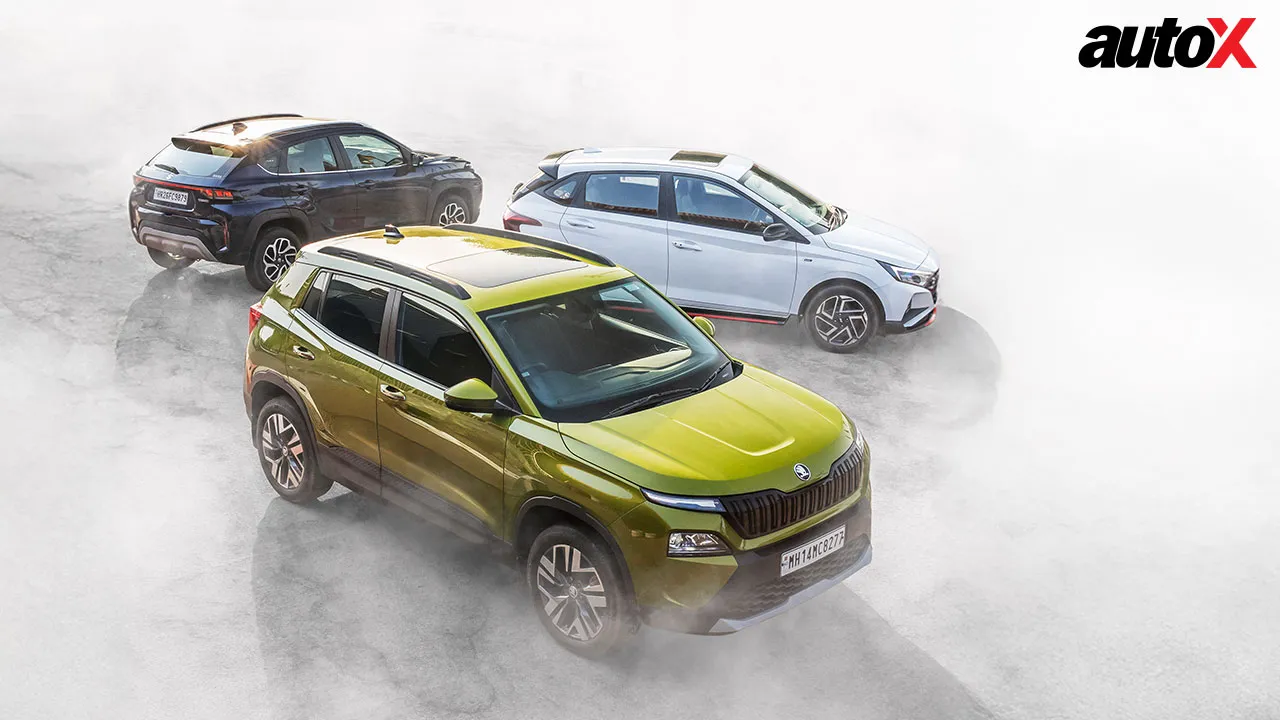
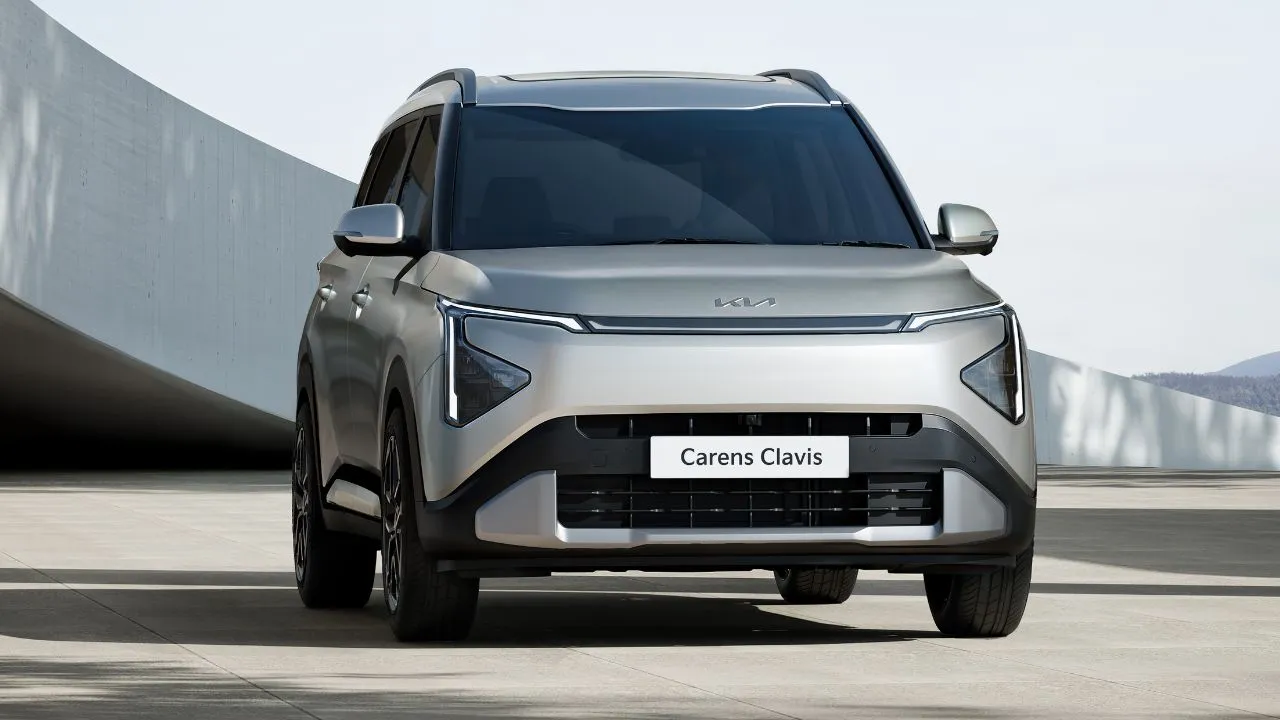

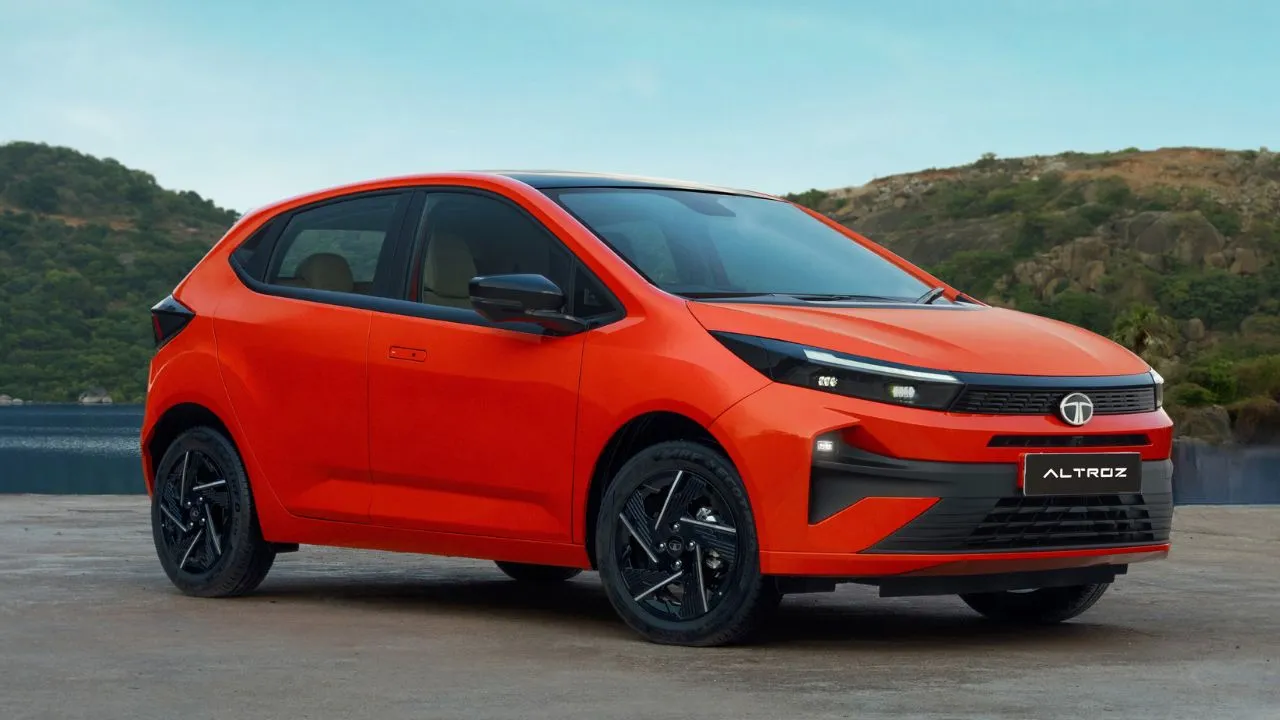
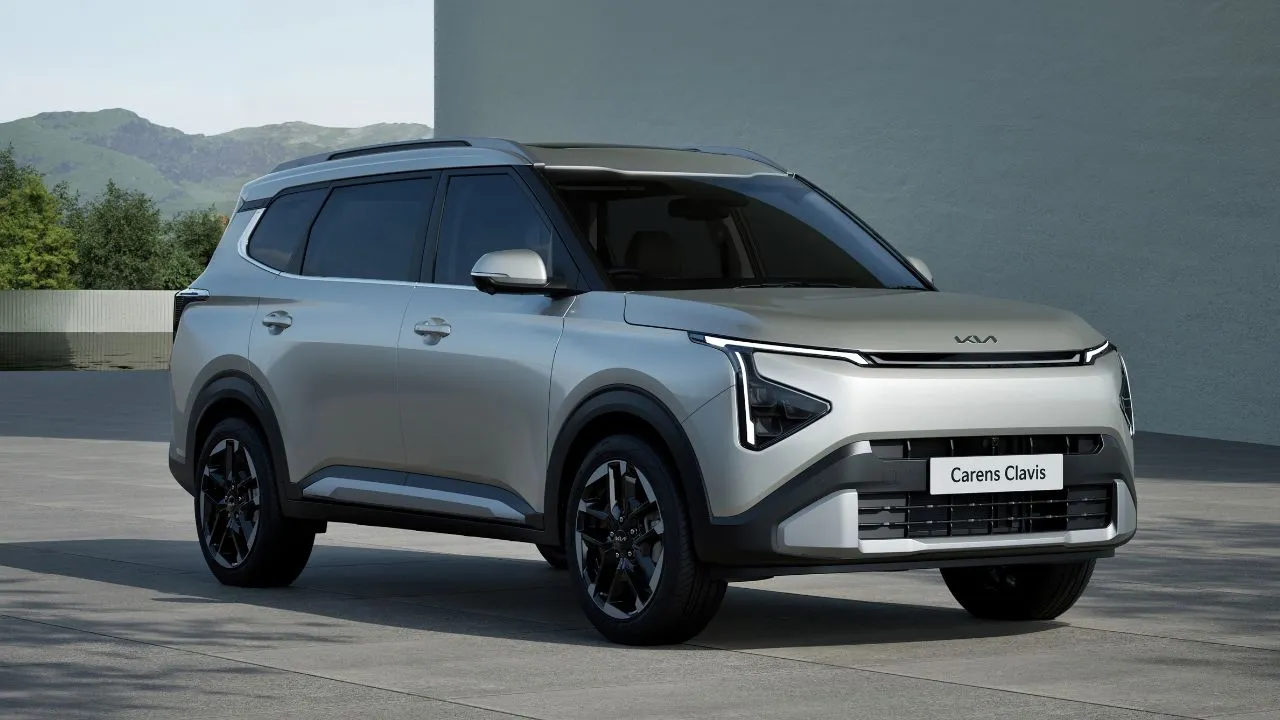
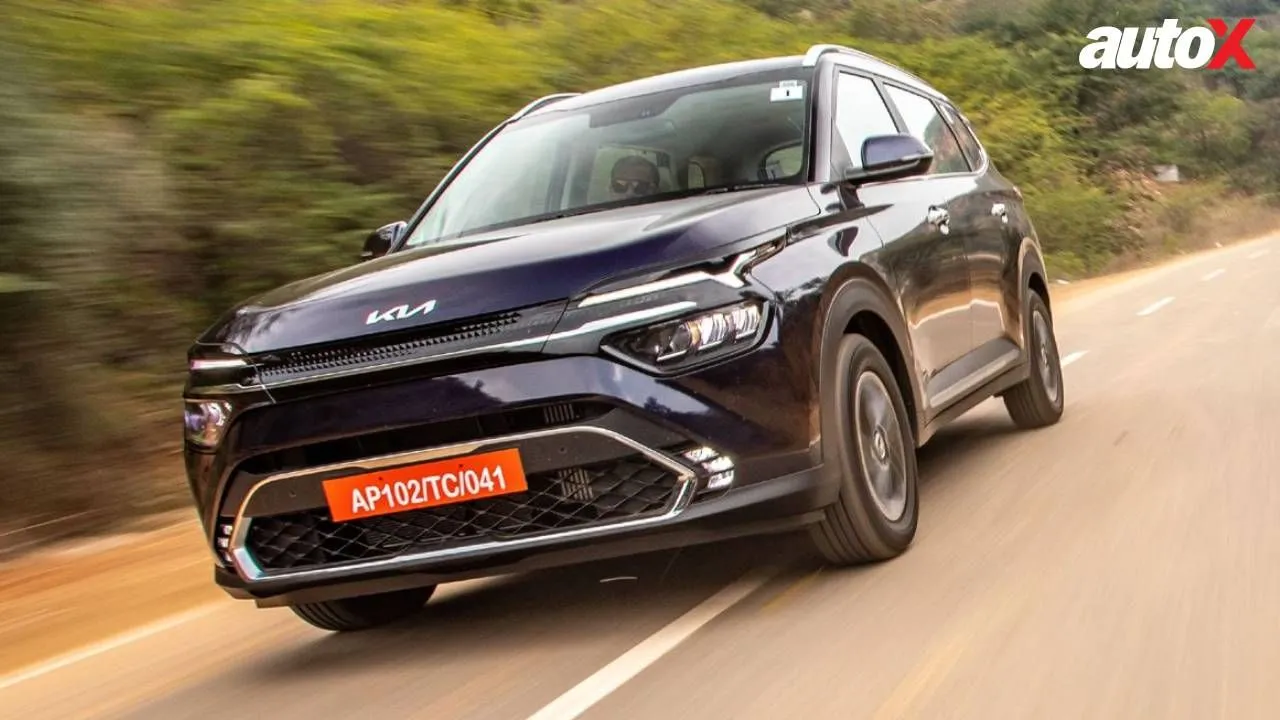
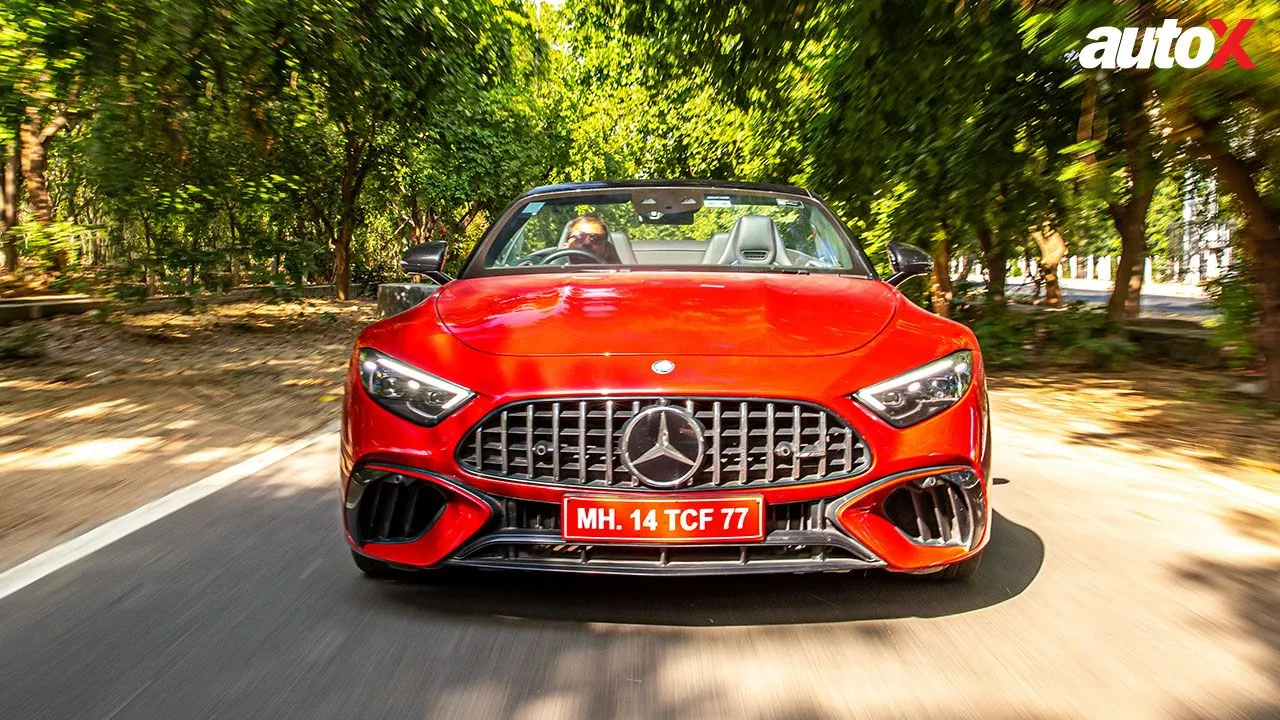

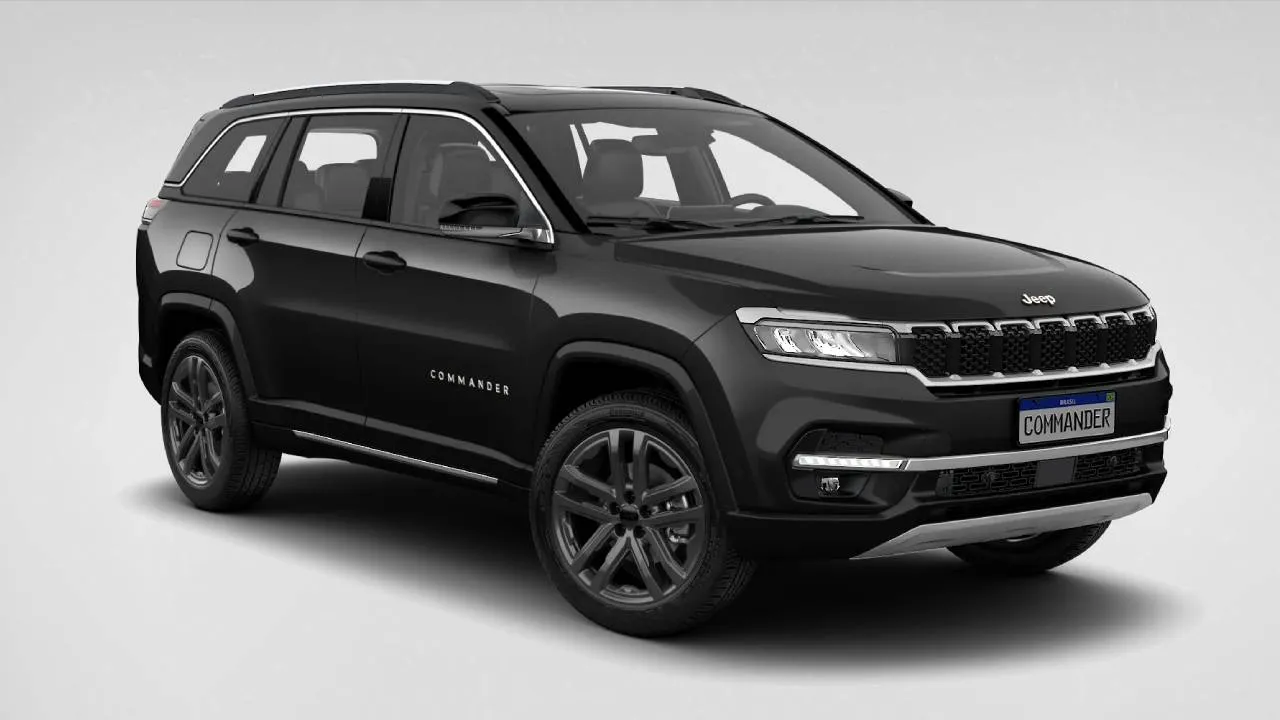

Write your Comment on